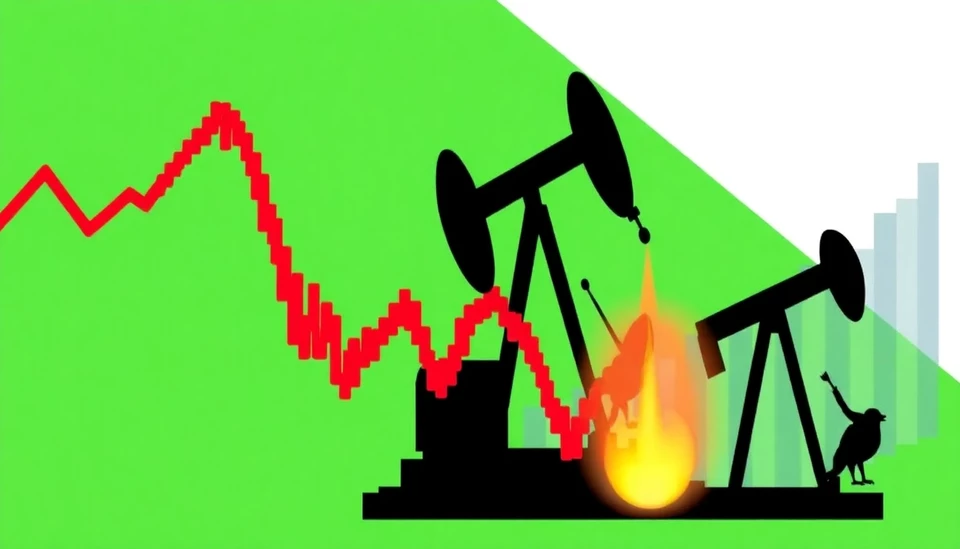
The global oil market has recently experienced a significant downturn, reflecting a complex tapestry of economic uncertainties and shifts in demand. As of March 25, 2025, crude oil prices dropped sharply, influenced by a multitude of factors including fears of a recession, fluctuating supply, and strategic decisions by major oil producers.
Brent crude oil prices fell below $70 per barrel for the first time in months, while West Texas Intermediate (WTI) dipped to a similar level. The decline follows various troubling economic indicators that point toward stagnation in key economies worldwide, an outcome that could lead to reduced oil consumption. Analysts suggest that with inflation persisting in major markets, there is a growing sentiment that a recession could be on the horizon, which has heightened concerns regarding energy demand.
In addition, supply issues exacerbated the situation, particularly following recent announcements by OPEC+ regarding production levels. Despite previous cuts aimed at stabilizing prices, a surplus in oil stocks and a shadow of decreased global consumption dampened the effectiveness of these measures. The combination of rising production levels in the U.S. and stagnant demand from large importers has created a perfect storm, resulting in the current pricing crisis.
Furthermore, geopolitical tensions, especially surrounding key oil-producing regions, add additional layers of complexity to the market scenario. This volatility is often coupled with investor skepticism, causing market participants to reassess risk exposure in the oil sector. The influx of alternative energy sources and a steady transition towards sustainability policies across various nations have also begun to reshape the demand dynamics, presenting further challenges for traditional oil enterprises.
The immediate future of the oil market remains uncertain as analysts seek to decipher the potential paths it may take in reaction to the economic landscape. Various forecasts indicate that unless there are substantial changes in production strategies from significant players or a shift in consumer demand, oil prices may continue to struggle against a backdrop of negative sentiment fueled by macroeconomic pressures.
Market watchers are closely monitoring upcoming economic reports that could provide clearer insights into both the global economy and the oil sector. With the participation of major oil companies and national producers ahead in the coming weeks, this could either signal a recovery or further exacerbate the ongoing issues stemming from oversupply and dwindling demand.
In summary, the intricate interplay of external factors has led to a precarious situation for the oil market. Whether it will see a turnaround or continue to face headwinds remains a key question for investors and stakeholders alike as they navigate these turbulent waters.
As the situation evolves, stakeholders in various sectors should remain vigilant and proactive, given the potential implications on both energy prices and economic stability.
#OilMarket #CrudeOil #BrentCrude #WTI #OPEC #EconomicUncertainty #OilPrices #EnergyDemand #GeopoliticalTensions #RecessionConcerns
Author: Samuel Brooks




